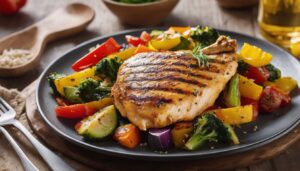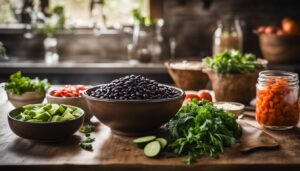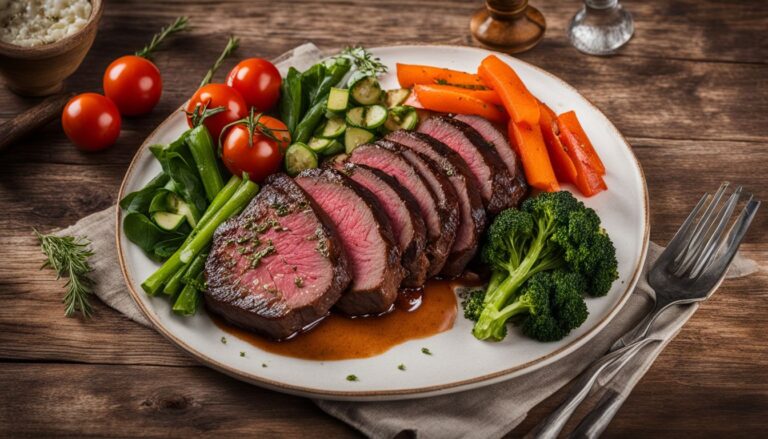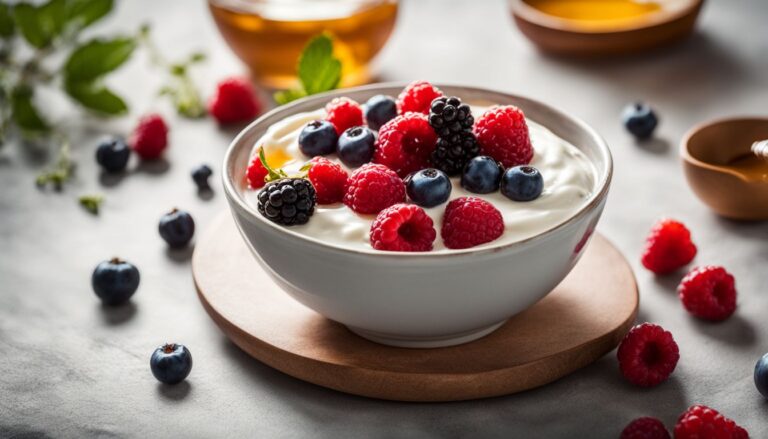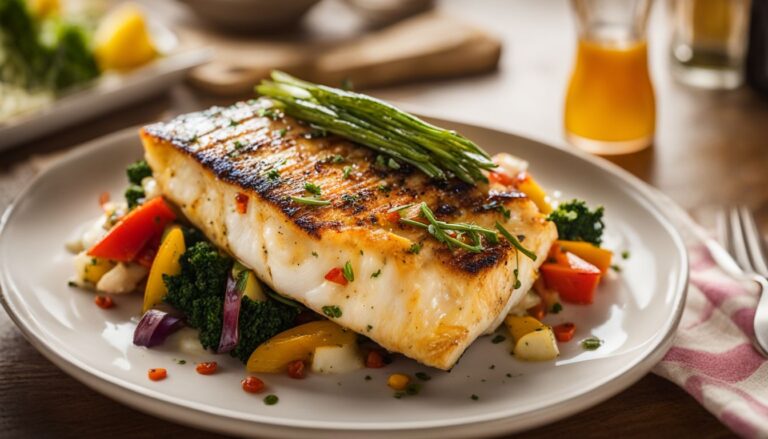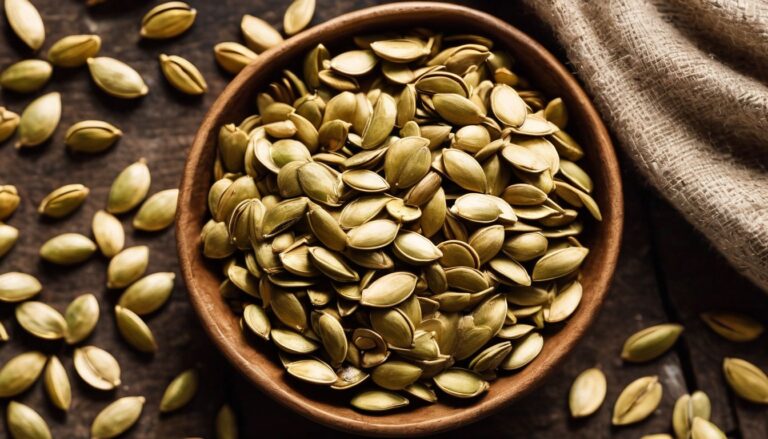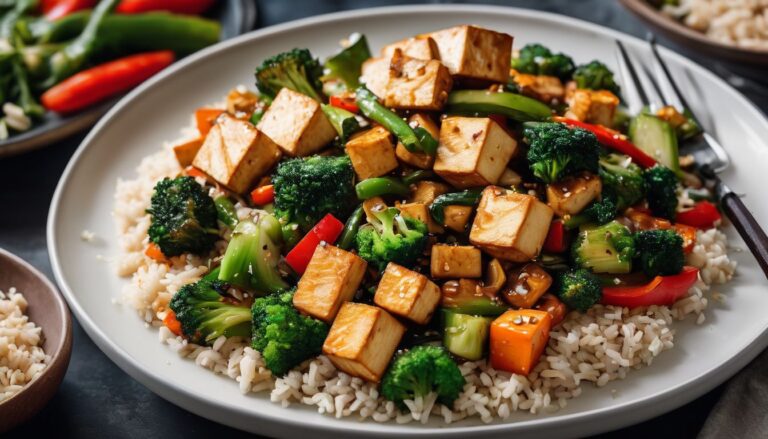Clean Eating Diet Plan Guide: A Comprehensive Guide to Eating Healthy and Boosting Your Well-Being
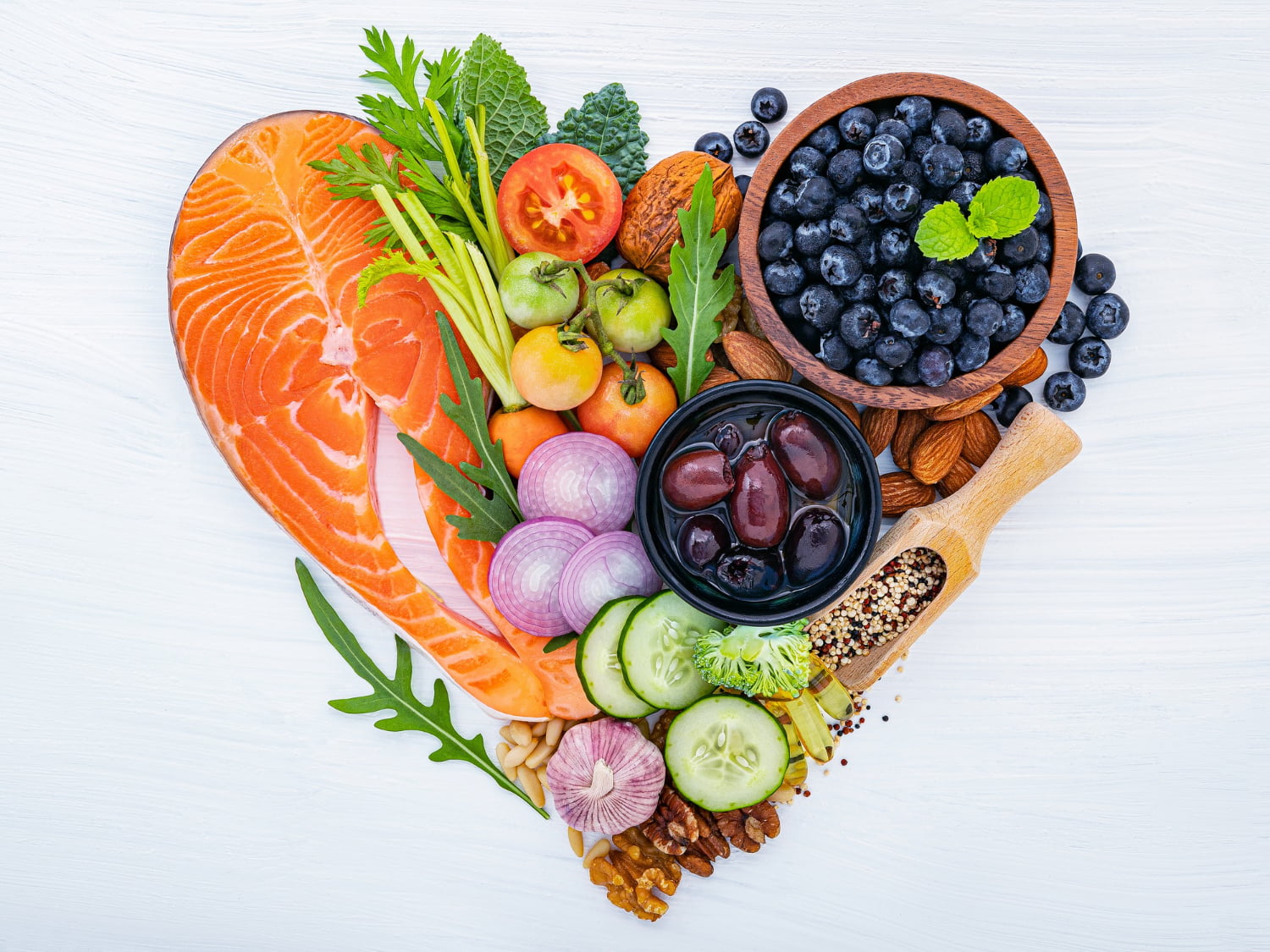
Are you tired of diets that focus solely on counting calories and restricting certain food groups? Look no further than the Clean Eating Diet Plan Guide.
This comprehensive article will provide you with all the information you need to embark on a healthier lifestyle. By prioritizing whole, natural foods and avoiding processed and artificial ingredients, you can nourish your body and improve your overall well-being.
Get ready to discover the principles, restrictions, and scientific benefits of clean eating – a diet that goes beyond just losing weight.
Key Takeaways
- Clean eating is a dietary approach that focuses on eating whole, natural, unprocessed foods.
- It emphasizes food quality over quantity and does not involve calorie counting.
- Clean eating involves avoiding processed foods, refined foods, artificial ingredients, alcohol, soda, and fruit juice.
- It is suitable for those who prioritize the health properties of food and allows flexibility in the amount and timing of meals.
History and Principles of Clean Eating
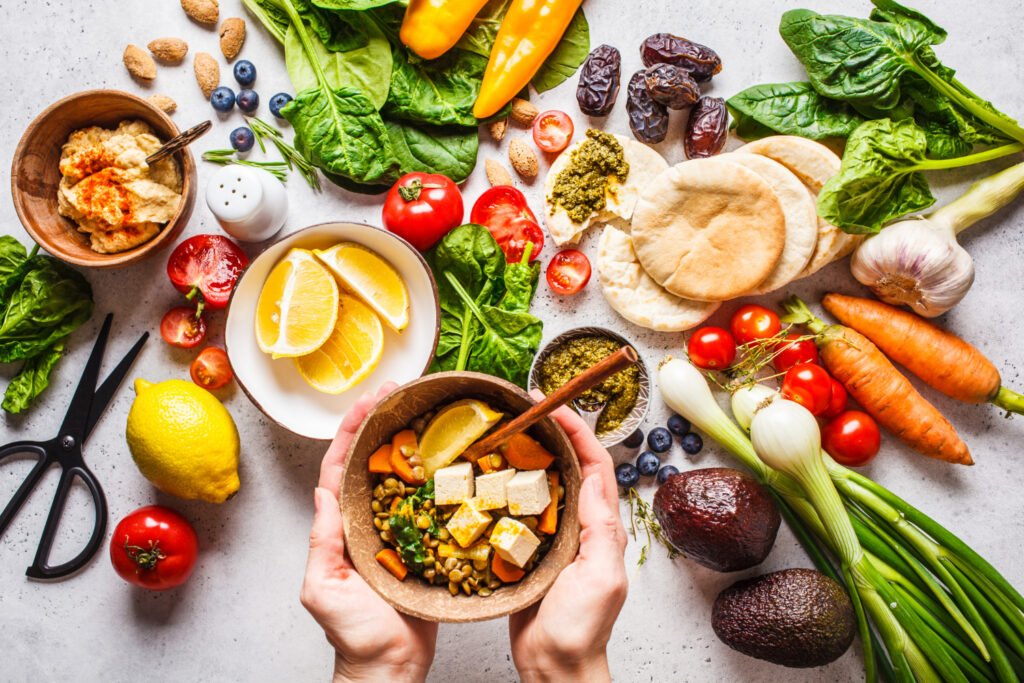
Clean eating’s history and principles can be traced back to the ancient Greek physician Hippocrates. Hippocrates penned one of the first works on dietary principles and is responsible for the famous quote, ‘Let food be thy medicine and medicine be thy food.’
Clean eating focuses on eating whole, natural, unprocessed foods, making it not just a diet but a view on what to eat. Unlike other dietary frameworks, clean eating emphasizes food quality over quantity and doesn’t require calorie counting. This approach aligns with the ancient Greek influence on health and wellness, where the emphasis was placed on the holistic benefits of natural foods.
Clean eating’s origins lie in the belief that consuming unadulterated foods can contribute to overall well-being. By avoiding processed foods, refined ingredients, artificial additives, alcohol, soda, and fruit juice, individuals following the clean eating approach strive to nourish their bodies with nutrient-dense foods. This dietary framework doesn’t have strict requirements for meal timing or frequency, allowing for flexibility in the amount and timing of food consumption.
While scientific studies specifically examining the clean eating diet are limited, research shows that whole, natural foods are more satiating than processed foods. Additionally, higher diet quality, which is a key principle of clean eating, is associated with improved health markers and a lower risk of developing type 2 diabetes. These findings support the principles and potential benefits of clean eating.
Restrictions of Clean Eating
To adhere to the principles of clean eating, individuals must carefully avoid a range of restricted foods and ingredients. Clean eating promotes the consumption of whole, natural, unprocessed foods, while discouraging the intake of processed and refined foods, as well as artificial ingredients.
Here are some key food exclusions to keep in mind:
- Processed Foods: Clean eating encourages the elimination of processed foods, which often contain additives, preservatives, and unhealthy fats. Instead, focus on fresh fruits, vegetables, whole grains, and lean proteins.
- Refined Foods: Clean eating emphasizes the consumption of whole grains, such as brown rice and whole wheat bread, while avoiding refined grains, like white rice and white bread. Refined foods undergo processing that removes valuable nutrients and fiber.
- Alcohol, Soda, and Fruit Juice: These beverages are typically high in sugar and empty calories, lacking the nutritional value found in whole foods. Opt for water, herbal tea, or homemade smoothies instead.
By avoiding these restricted foods, you can experience several health benefits associated with clean eating. Whole, natural foods are more satiating than processed foods, helping to control appetite and manage weight. Additionally, a higher diet quality is linked to improved health markers and a lower risk of developing type 2 diabetes.
Suitability and Flexibility of Clean Eating
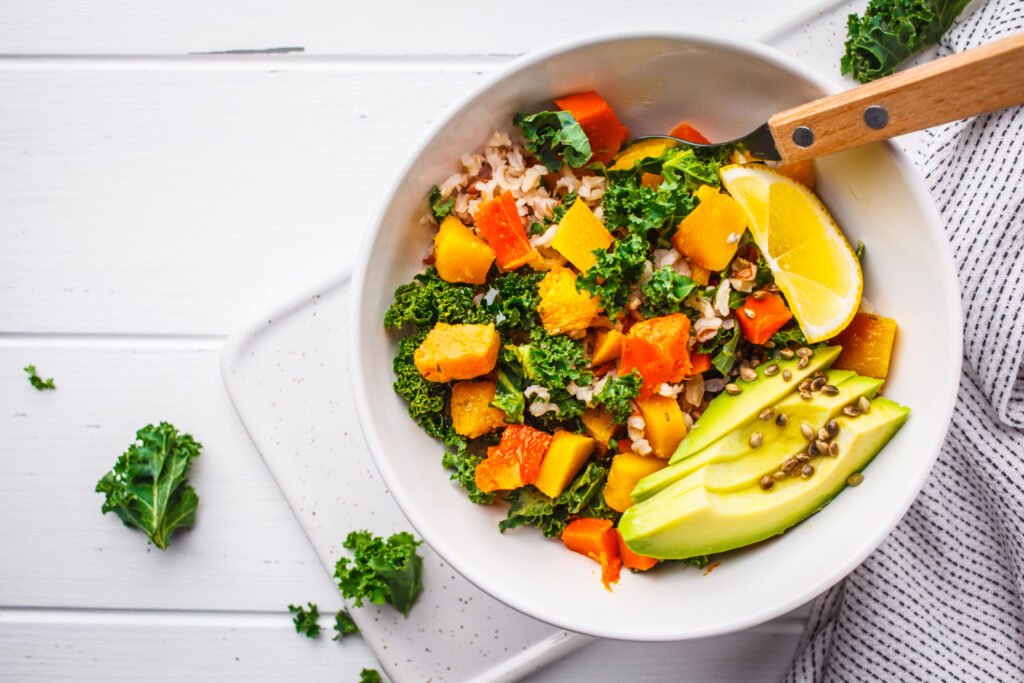
Clean eating is a suitable and flexible dietary approach for individuals focused on the health properties of food. It can be used for a variety of goals, including weight loss, fueling athletes, accommodating busy lifestyles, catering to families, and even sticking to a budget.
For weight loss, clean eating provides a simple and effective strategy. By focusing on whole, unprocessed foods and eliminating refined sugars and artificial ingredients, you can create a calorie deficit without the need for counting calories. This approach also ensures that you’re getting the necessary nutrients for optimal health.
Clean eating is also beneficial for athletes. By consuming nutrient-dense foods, athletes can fuel their bodies and support optimal performance. Whole grains, lean proteins, and plenty of fruits and vegetables provide the necessary energy and nutrients for endurance and strength training.
For busy individuals, clean eating can be a lifesaver. By preparing meals in advance and relying on quick and easy recipes, you can ensure that you’re nourishing your body even when time is limited. Batch cooking and meal prepping can save you time throughout the week.
Clean eating is also suitable for families. By involving everyone in meal planning and preparation, you can create a healthy eating environment for the whole family. Focus on incorporating a variety of whole foods and encourage children to try new fruits and vegetables.
Lastly, clean eating can be done on a budget. By prioritizing whole foods and shopping smart, you can eat healthily without breaking the bank. Look for sales, buy in bulk, and choose seasonal produce to save money while still nourishing your body.
Clean eating offers flexibility in terms of goals, schedules, and budgets, making it a suitable approach for a wide range of individuals. Whether you’re looking to lose weight, fuel your workouts, accommodate a busy lifestyle, feed your family, or save money, clean eating can be tailored to your specific needs.
Scientific Studies and Benefits of Clean Eating
You can benefit from clean eating by incorporating whole, natural foods into your diet. Scientific studies have shown several benefits of clean eating compared to traditional diets.
Clean Eating vs. Traditional Diets:
- Clean eating focuses on consuming whole, natural, unprocessed foods, while traditional diets may include processed and refined foods.
- Clean eating emphasizes food quality over quantity, whereas traditional diets often focus on calorie counting and portion control.
Clean Eating and Weight Loss:
- Clean eating may contribute to weight loss due to the higher satiety levels of whole, natural foods compared to processed foods.
- Clean eating encourages the consumption of nutrient-dense foods, which can help control hunger and promote weight loss.
Clean Eating and Gut Health:
- Clean eating promotes the consumption of fiber-rich foods, such as fruits, vegetables, and whole grains, which can support a healthy gut microbiome.
- A diverse and balanced gut microbiome is associated with improved digestion, nutrient absorption, and overall gut health.
Clean Eating and Heart Health:
- Clean eating emphasizes the avoidance of processed and refined foods, which are often high in unhealthy fats, added sugars, and sodium.
- Consuming whole, natural foods can contribute to a heart-healthy diet by providing essential nutrients, antioxidants, and fiber.
Clean Eating and Mental Well-being:
- Clean eating encourages the consumption of nutrient-dense foods that support brain health, such as omega-3 fatty acids found in fish and nuts.
- A diet rich in whole, natural foods can contribute to improved mental well-being by providing essential nutrients and promoting overall physical health.
Tips for Implementing a Clean Eating Diet
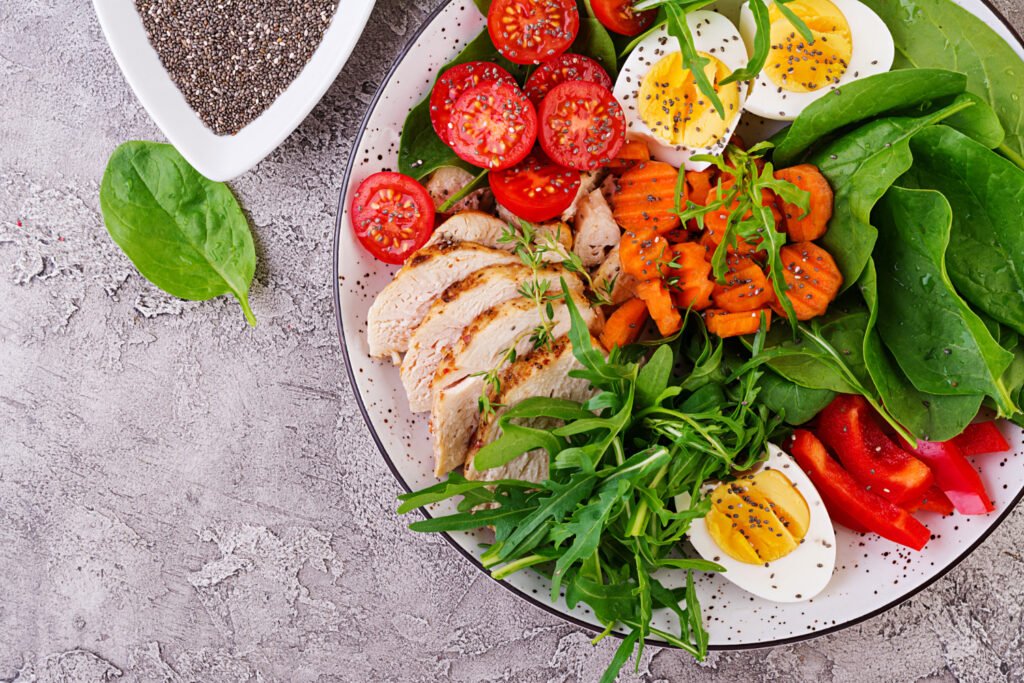
One simple way to start incorporating clean eating into your lifestyle is by gradually incorporating more whole, natural foods into your meals and snacks. This approach allows you to reap the benefits of clean eating without feeling overwhelmed or deprived.
One of the key benefits of clean eating is that it promotes better overall health by providing your body with essential nutrients and minimizing the intake of harmful additives and processed ingredients.
To make the transition easier, you can start by trying out clean eating recipes that use simple, wholesome ingredients. This will help you discover new flavors and find dishes that you enjoy.
Additionally, planning and preparing your meals in advance through clean eating meal prep can save time and ensure that you have healthy options readily available.
If you’re concerned about the cost of clean eating, you can still follow this approach on a budget by focusing on affordable whole foods such as fruits, vegetables, beans, and whole grains.
Lastly, clean eating can also support weight loss goals as it promotes a balanced and nutrient-dense diet, which can help you feel fuller for longer and reduce cravings for unhealthy foods.
Frequently Asked Questions
Are There Any Specific Guidelines for Portion Sizes or Serving Sizes in a Clean Eating Diet?
There are no specific guidelines for portion sizes or serving sizes in a clean eating diet. Clean eating focuses more on the quality of food rather than the quantity.
It emphasizes eating whole, natural, unprocessed foods and avoiding processed, refined, and artificial ingredients. Clean eating is flexible and allows for individual preferences in the amount and timing of food.
While there are no strict portion size requirements, it’s important to listen to your body’s hunger and fullness cues to maintain a balanced and healthy eating pattern.
Can Clean Eating Be Followed by Vegetarians or Vegans?
Yes, clean eating can definitely be followed by vegetarians or vegans. There are plenty of protein sources for vegetarians or vegans on a clean eating diet, such as legumes, tofu, tempeh, quinoa, and hemp seeds.
Incorporating plant-based fats into a clean eating diet for vegetarians or vegans can be done through foods like avocados, nuts, seeds, and olive oil. Nutritional needs can be met without animal products by focusing on a variety of fruits, vegetables, whole grains, and plant-based proteins.
Creating balanced meals can be achieved by including a mix of carbohydrates, proteins, and fats in each meal. Tips for meal prepping as a vegetarian or vegan following a clean eating diet include planning meals ahead of time, batch cooking, and utilizing a variety of herbs and spices for flavor.
Is It Necessary to Completely Eliminate All Processed Foods From the Diet in Order to Practice Clean Eating?
To practice clean eating, it isn’t necessary to completely eliminate all processed foods from your diet. While clean eating emphasizes whole, natural, unprocessed foods, it also allows for flexibility. You can choose processed food alternatives that are minimally processed and contain fewer artificial ingredients.
This way, you can still enjoy the benefits of clean eating while making it sustainable and affordable. Clean eating can be a great approach for weight loss and improving overall health.
Can I Still Enjoy Occasional Treats or Desserts While Following a Clean Eating Diet?
Yes, you can still enjoy occasional treats or desserts while following a clean eating diet. Clean eating is all about moderation and balance. It encourages mindful indulgence and finding healthy alternatives to satisfy your sweet tooth.
There are plenty of dessert recipes that use whole, natural ingredients and are free from processed or refined sugars. So go ahead and treat yourself, just remember to enjoy in moderation and make smarter choices when it comes to your indulgences.
Are There Any Specific Guidelines for Choosing Organic or Locally Sourced Foods in a Clean Eating Diet?
When choosing foods for a clean eating diet, you may wonder about the guidelines for selecting organic or locally sourced options. There are pros and cons to consider.
Organic foods are free from pesticides and genetically modified organisms, but they can be more expensive. Locally sourced foods support local farmers and reduce the environmental impact of transportation, but availability may be limited.
It’s important to balance cost and accessibility when making these choices. Look for organic and local options at farmers markets, co-ops, and specialty stores.
Conclusion
In conclusion, the Clean Eating Diet Plan Guide offers a holistic approach to nourishing your body with whole, natural foods. By avoiding processed and artificial ingredients and focusing on food quality, you can improve your health and well-being.
Although there are no specific studies on the clean eating diet, scientific research suggests that consuming whole, natural foods can have numerous benefits, including improved health markers and reduced risk of type 2 diabetes.
Start your journey towards a healthier lifestyle today with the Clean Eating Diet Plan Guide.

Author
Years ago, the spark of my life’s passion ignited in my mind the moment I stepped into the local gym for the first time. The inaugural bead of perspiration, the initial endeavor, the very first surge of endorphins, and a sense of pride that washed over me post-workout marked the beginning of my deep-seated interest in strength sports, fitness, and sports nutrition. This very curiosity blossomed rapidly into a profound fascination, propelling me to earn a Master’s degree in Physical Education from the Academy of Physical Education in Krakow, followed by a Sports Manager diploma from the Jagiellonian University. My journey of growth led me to gain more specialized qualifications, such as being a certified personal trainer with a focus on sports dietetics, a lifeguard, and an instructor for wellness and corrective gymnastics. Theoretical knowledge paired seamlessly with practical experience, reinforcing my belief that the transformation of individuals under my guidance was also a reflection of my personal growth. This belief holds true even today. Each day, I strive to push the boundaries and explore new realms. These realms gently elevate me to greater heights. The unique combination of passion for my field and the continuous quest for growth fuels my drive to break new ground.

